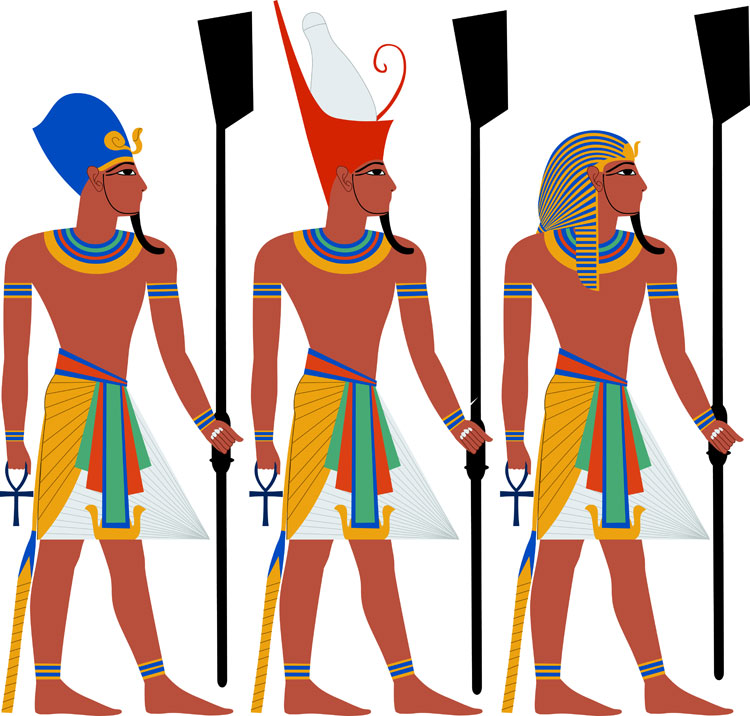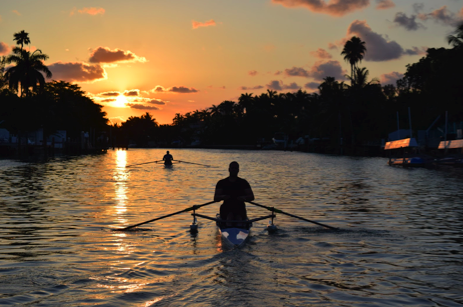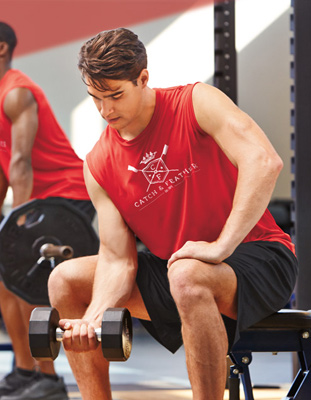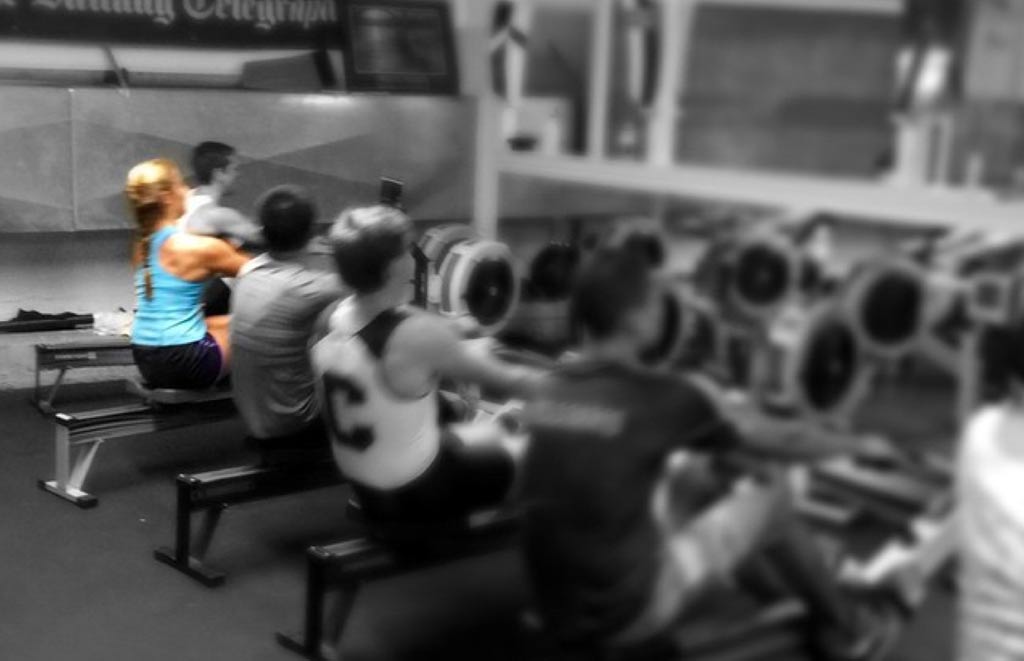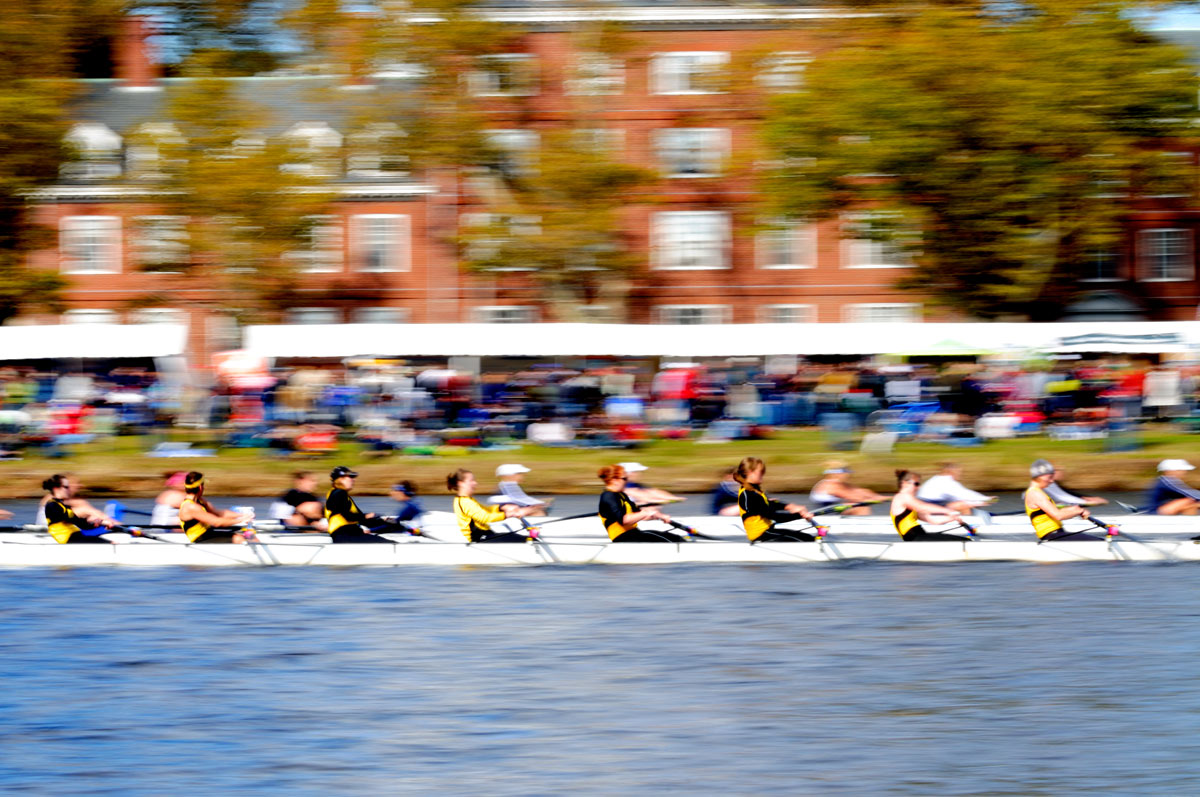Paired with a rowing blazer, jacket, or button down, the necktie is an all time classic. Lords, gentlemen, businessmen, prepsters, hipsters, even ladies – all sport this fashion icon. Varying in style, the tie provides a flare for every individual, allowing him or her to make a personal statement, or commit a fashion faux pas.
The tie can trace its lineage back to17th century France, when King Louis XIII hired Croatian mercenaries to take care of his dirty laundry. Surprisingly, these humble men set the trend for centuries to come. The cloth around their neck, used to hold their jacket together, caught the eye of the King. He required these accessories to be worn at Royal gatherings, and named them, “La Cravate”, in honor of the Croatian soldiers. King Louis turned function into fashion.
Over the next 200 years, the cravat, and eventually the ascot, came alive as a distinguishing piece in men’s fashion. It reigned with kings in royal courts, held conversation with gentlemen in drawing and smoking rooms, and danced with guests in formal gatherings. The early 1900s, during the age of the industrial revolution, saw the birth of the modern tie. Function and comfort became imperative in the workplace, and designers embraced a new durable and rigid structure. Chic, sleek and more practical, new life was breathed into an old trend. While today’s ties come as varied as the people that wear them, the Club Tie is a classic favorite that has seen its way through British and American history.
A Fashion Favorite
A club tie, defined as any tie bearing a regularly repeated mark, crest, motif, symbol, or insignia indicating membership in a club, order, or other group, is typically designed with the official colors of the group or regiment to which it belongs. Our dapper friends from across the pond, the English, introduced the idea of a club tie. If one takes a close look at these dashing accessories, they will notice that a stripe war is being waged. The British Regimental Ties have stripes slanting from high left to lower right (not exclusively), because it is “from the heart”. It is also the direction of the military salute.
American Military, Societal, and Organizational ties slant in the opposite direction, lower left to high right, as this is the angle at which a soldier draws his sword. However, this is only speculation. Some, of a more cheeky nature, say that the British stripes follow the direction of the face, while the American stripes follow the direction of the crotch.
Many brands, from Brooks Brothers to Ralph Lauren have sought the sense of sophistication and elegance that comes with owning a club tie. It is now a staple of the American wardrobe, the go to fashion of prepsters and classic style seekers.
In designing our own club tie, CATCH & FEATHER has taken inspiration from both British and American styles. In creating our club tie, we wanted to remain true to the essence of the brand. The club tie crest has incorporated aspects of our brand logo: the crown, oars, and signature colors. We put the crest upon a field of navy to represent the water, with accents of red for courage, and gold for victory.
Which way do your stripes run?
Feature photo by Sammi Lauren Smith Photography













